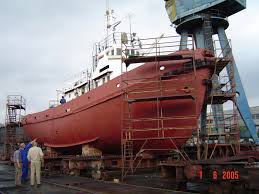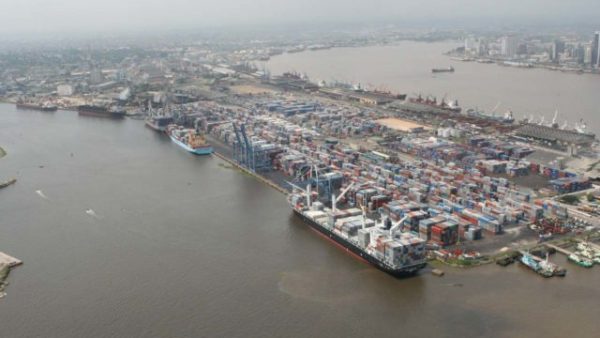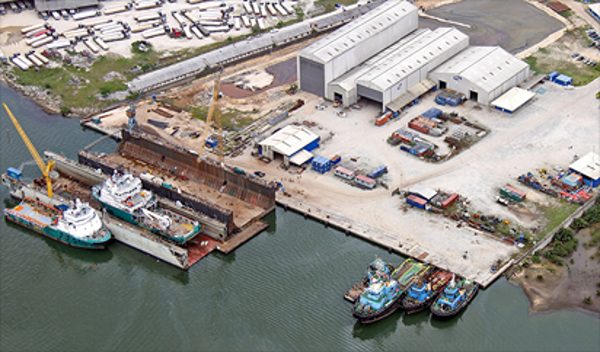Ship-Repair Market Next Boom Cycle Expected In Second Half Of 2018

Although the current state of the ship-repair market has been slow, the latest reports of Interyards SA says that the ship repair market has matured and is ready to balance the highly volatile demand for ship repairs with packed period for the shipyards in the second half of 2018.
According to Mr. Vasilis Vasileiou, “The last very busy period for the shipyards was during the last Chinese New Year. Despite the fact that we are two months away from the next Chinese New Year, this is not expected to be the succeeding packed period for the shipyards in 2018. Instead, more business is expected to come through in H2 2018”.
Vasileiou, ship-repair broker said, “this projection is based mainly on coinciding parameters like bulkers freights improvement, aging fleet, off-shore business re-bouncing and ongoing regulations harmonization. Considering all of the above, the ship repairs market is optimistic for the days coming, with solid expectations that next year prices will be slightly raised.
“At the moment, prices remain at the rock bottom, with competition being admittedly fierce. The capacity of ship repair yards is likely going to increase, especially in Mediterranean and Black Sea region. Specifically, SEFINE Shipyard in Turkey is about to start operating their new Aframax drydock during December. Piraeus port authorities under the ownership of COSCO are waiting the post-Panamax drydock to kick off in their premises by beginning 2018. The same drydock was previously operating in COSCO LIANYUNGANG and NANTONG RUITAI”.
Vasileiou adds that “now, the shipyards are getting ready for the first wave of ballast system retrofits. The number of the retrofits is manageable from the available repair facilities since the last extension by IMO has eased the pace of the implementation. The Greek shipping community is very cautious on their choices trying to make the perfect combination of Maker, shipyard and engineering house. Apart from the price of the retrofit, which remains one of the most important criteria, Maker’s sustainability, product credibility and after sales market are also important parameters to be considered”.
He also mentioned that “ballast system retrofits are not the only thing keeping ship repair yards busy these days though. Shipyards and engineering houses have been recently focusing a lot on which way to develop the upcoming necessity of the new regulations for emissions control. Owners must comply with specific emission reductions criteria, either while sailing in SECAs areas (which are continuously expanding) or while getting prepared for the IMO Global Sulphur Cap by 2020. Compared to Water Ballast system regulations, the picture is completely different in this case since there is a retrofit payback period and even in some cases a profit for ship Owners. It all depends on the time their fleet is sailing on SECAs areas, the remaining ship life, low Sulphur fuel oil availability and price and of course retrofit cost.
“Therefore, shipyards may get involved with Owners decision either to install an exhaust gas cleaning system (scrubber) or to proceed to a major modification switching their systems to alternative liquefied natural gas fuel (LNG). If none of the above, Owners have to consume low Sulphur heavy fuel oil, availability and price of which is still questionable from region to region”.
Interyards’ analyst says that “the U.S., the Latin America and West Africa remain regions where only vessels with restricted operation in these areas will use their facilities. The West and North Europe regions are the preference for these vessels making solely transatlantic voyages. Singapore and Middle East Gulf is specializing in non-conventional fleets, gas and tanker vessels. Black sea, Turkey and especially China are dominating the bulk carrier market”.
Hellenic Shipping News Worldwide







